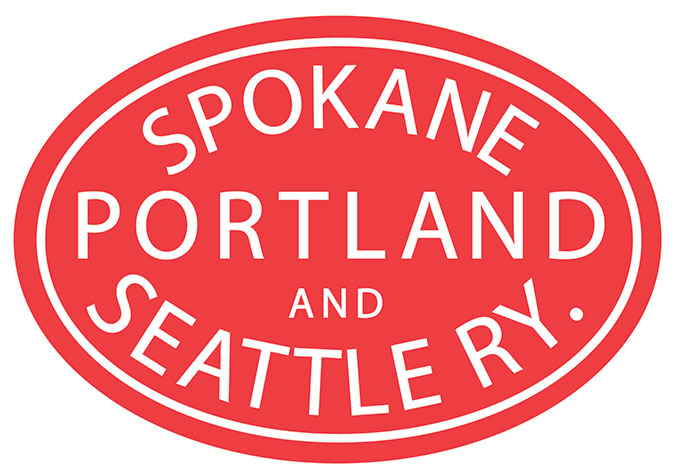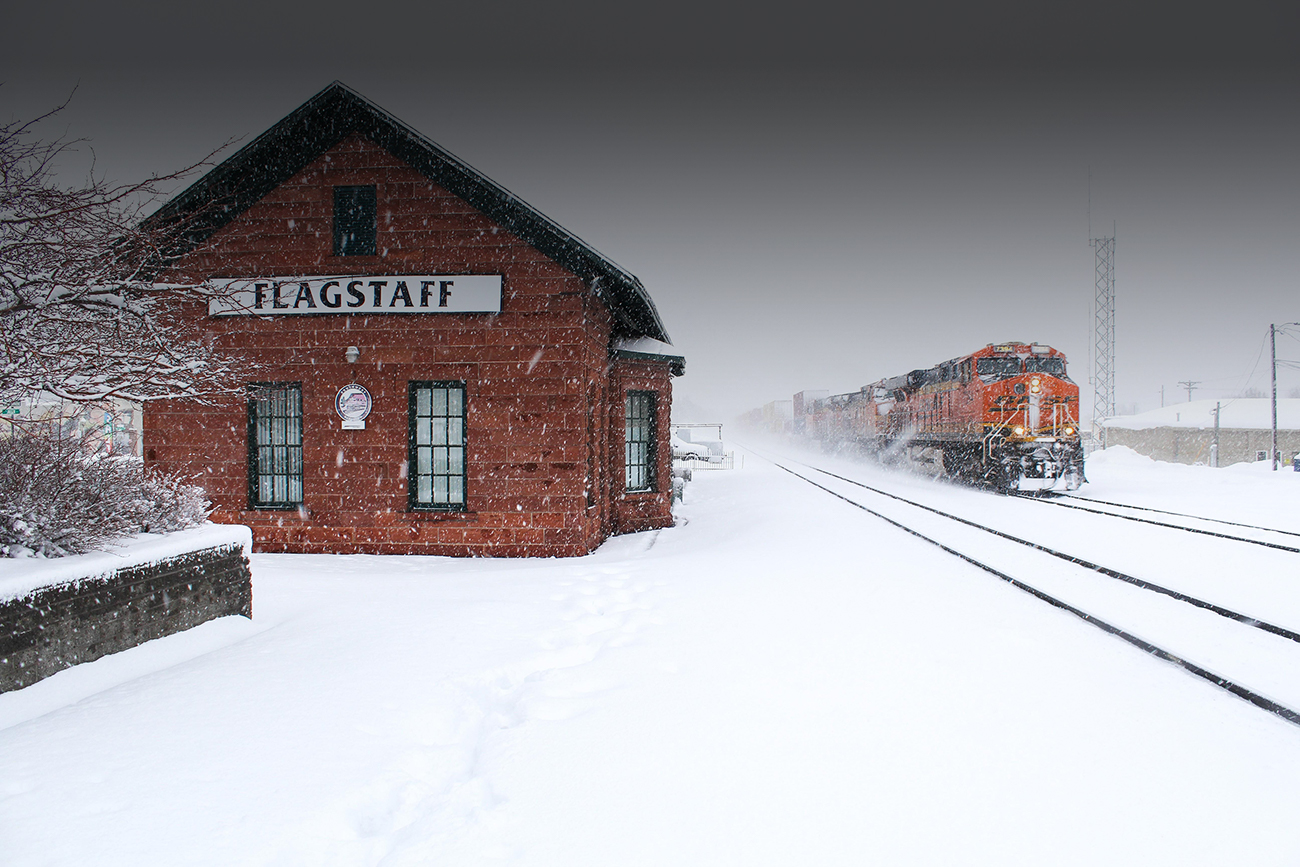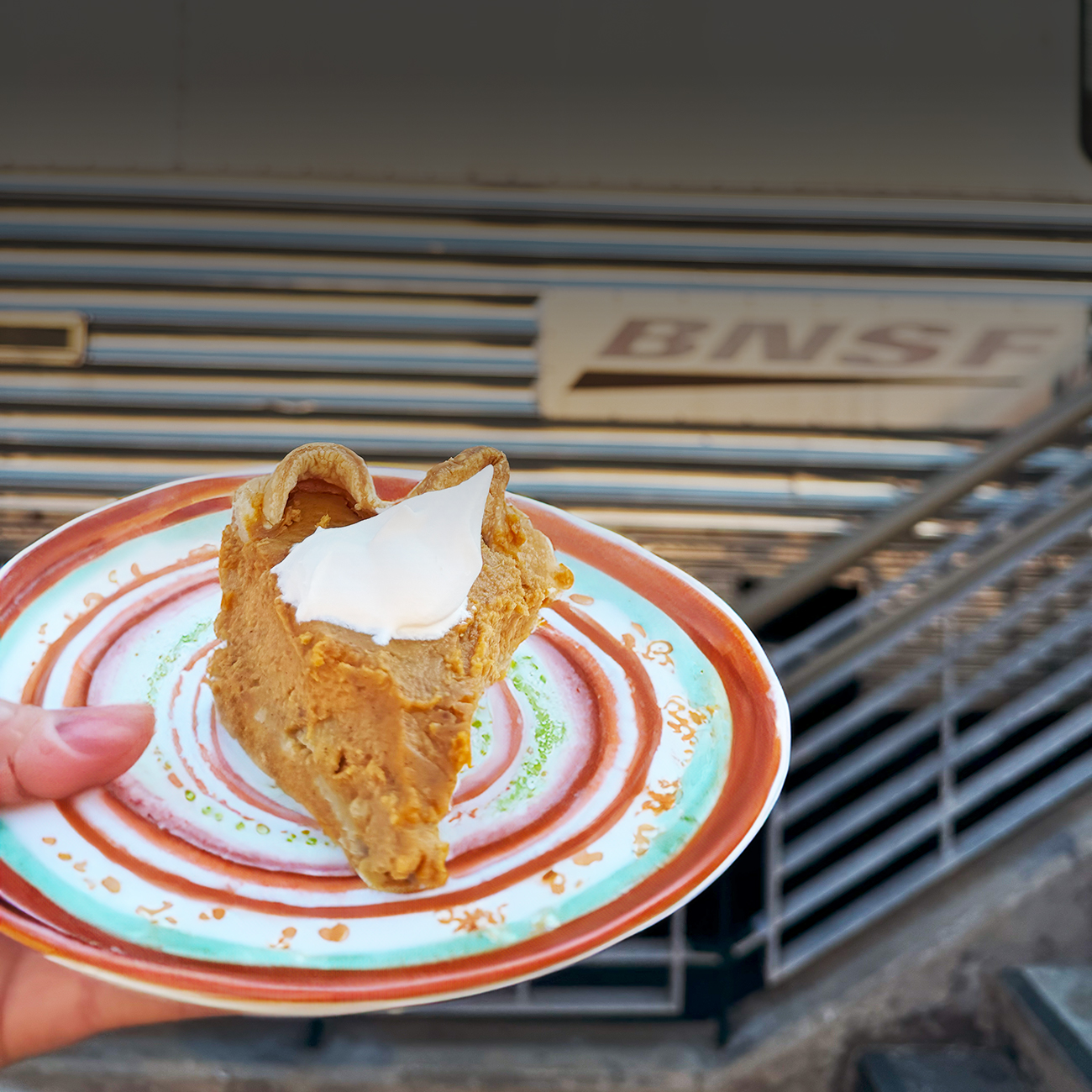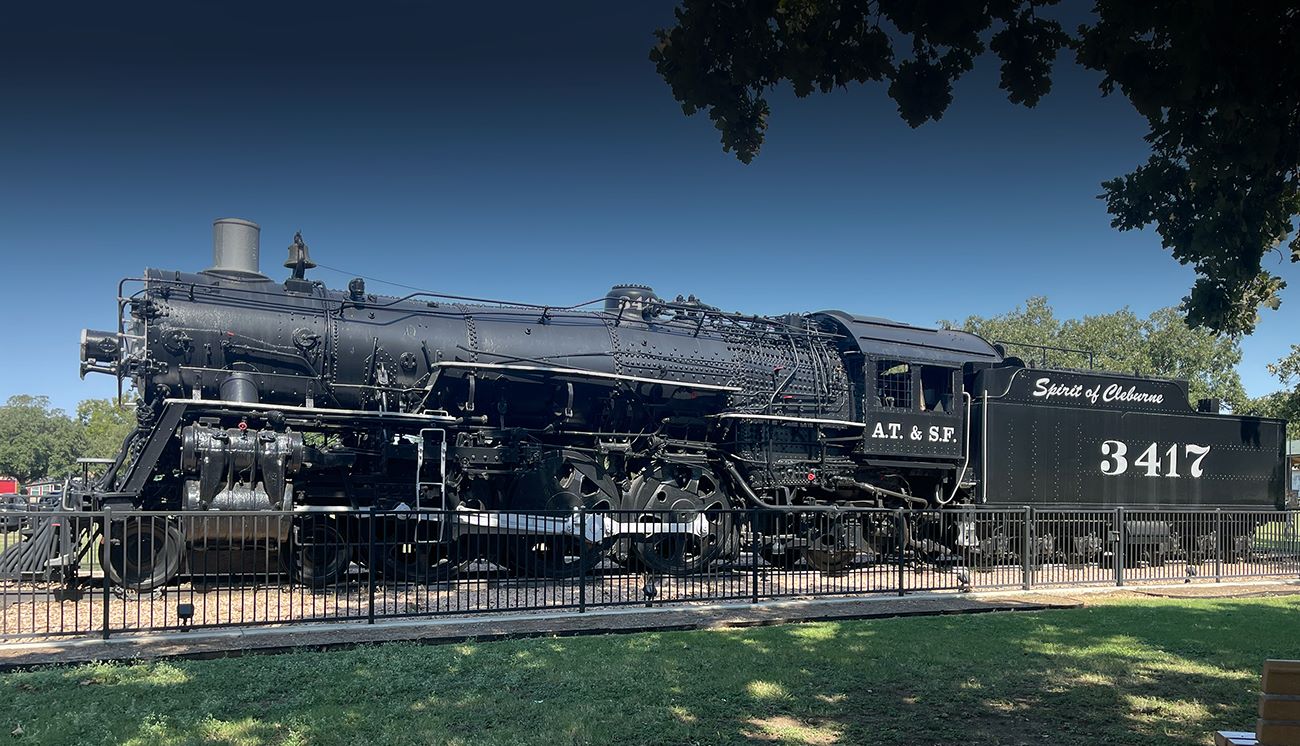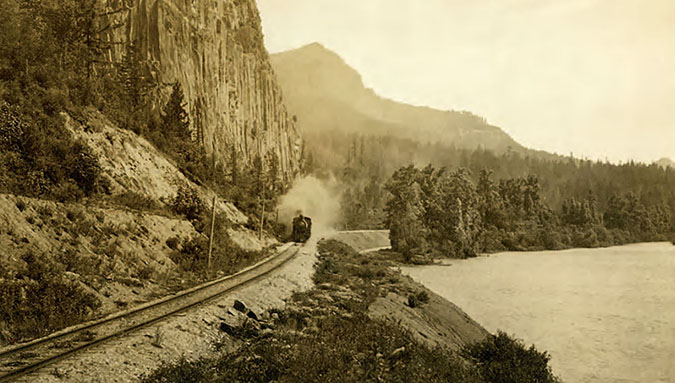
James J. Hill's brainchild SP&S played a crucial role in Pacific Northwest rail transport
By EUNICE ARCHILA
Staff Writer
The Spokane, Portland and Seattle Railway (SP&S), often dubbed “The Northwest’s Own Railway,” played a pivotal role in shaping the economic and transportation landscape of the Pacific Northwest. Operating from 1905 to 1970, the 375-mile railway line connected Spokane, Washington, with Portland, Oregon, and provided a critical link through the Columbia River Gorge. Known for its scenic route and commercial impact, SP&S became a vital artery for the region, providing both freight and passenger services.
The SP&S, a major BNSF predecessor, was born from a keen visionary’s dream. James J. Hill, the leader behind the Great Northern Railway (GN), and the Northern Pacific Railway (NP) recognized the need for an alternative to a competitor’s route on the southern bank of the Columbia River.
Hill announced at the 1905 Lewis and Clark Exposition in Portland that he planned to “help in the development of Oregon” by building a railroad from Spokane, Washington, to Portland.
That same year, GN and NP, through joint ownership, established SP&S to create their own line along the northern bank of the river, ensuring access to Portland and the Pacific Northwest.
Hill’s vision was not just about competition; it was about creating an efficient route that could take advantage of the region's natural geography. The Columbia and Snake rivers offered a relatively flat and scenic corridor, reducing the need for heavy locomotives and offering an economical path through the rugged terrain of the Pacific Northwest.
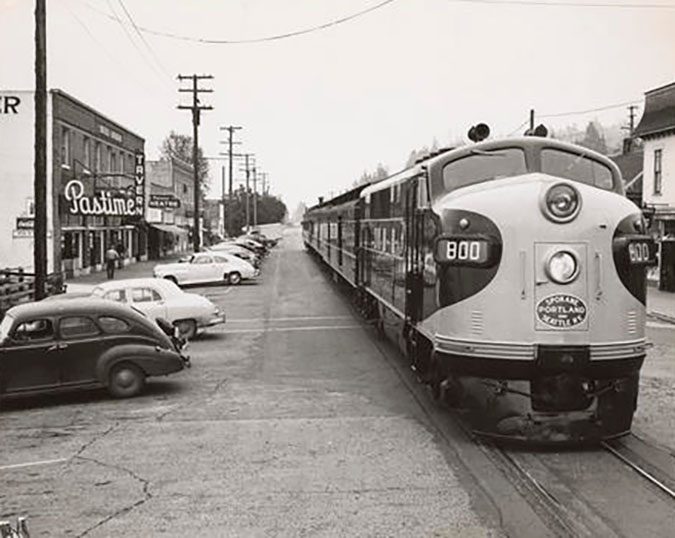
Construction of the SP&S line had its challenges. The rivalry with Edward H. Harriman's Oregon Railway and Navigation Company (OR&N) led to intense competition, particularly over the Cape Horn Tunnel. Both companies raced to establish their rights, resulting in legal battles that were eventually settled in favor of SP&S. Despite these obstacles, the SP&S completed its line in record time, with the last rail laid on February 26, 1908, and the ceremonial golden spike driven on March 11, 1908.
SP&S quickly became a major player for the Pacific Northwest’s thriving industries. The region’s abundant natural resources, especially lumber, were shipped along SP&S lines to national markets. The SP&S’s connection to major rail networks through its parent companies GN and NP created an environment of seamless transport across the country.
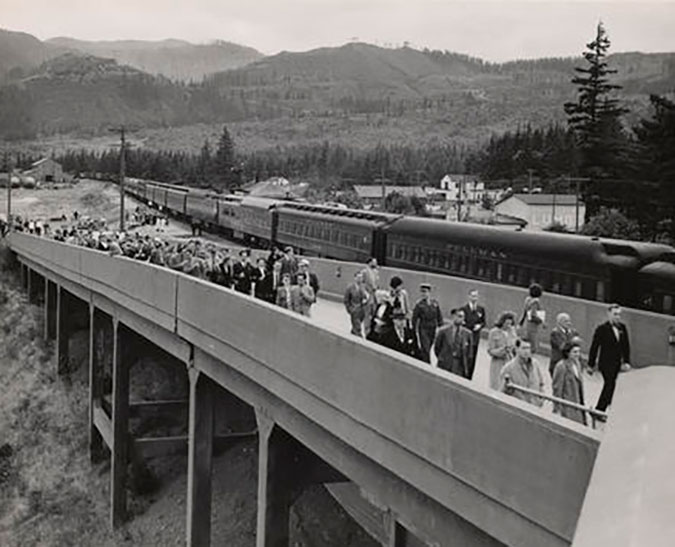
SP&S was predominantly known for transporting freight, but it also played a significant role in passenger transportation. At its peak, the railway ran as many as 50 daily passenger trains, connecting small towns and cities across the Pacific Northwest. Its scenic routes, particularly through the Columbia River Gorge, became famous for their breathtaking views.
One of the most notable services offered by SP&S was the “Streamlined Empire Builder,” a luxury passenger train operated by GN, which ran over SP&S tracks between Spokane and Portland. This service provided a comfortable and scenic ride for passengers, offering them a glimpse of the rugged beauty of the Pacific Northwest.
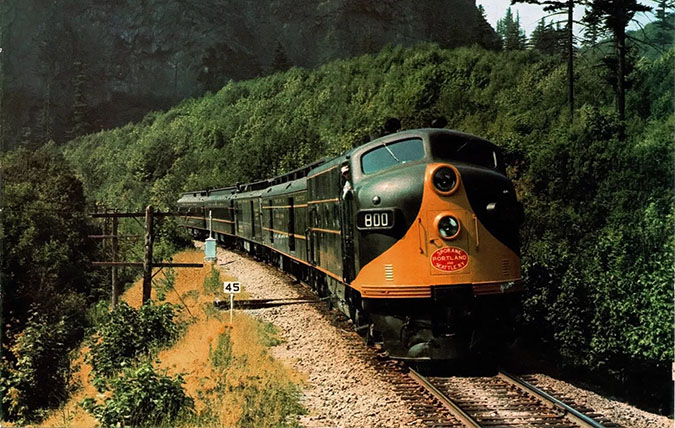
SP&S operated independently until 1970, when it merged with GN, NP, the Chicago, Burlington & Quincy Railroad (CB&Q) and the Pacific Coast Railroad to form Burlington Northern Railroad (BN). This merger marked the end of SP&S as a standalone entity but ensured its legacy would continue as part of a larger network.
The Spokane, Portland and Seattle Railway was a catalyst for growth and development in the Pacific Northwest. Its strategic routes, innovative spirit, and commitment to excellence left a mark on the region's history.
